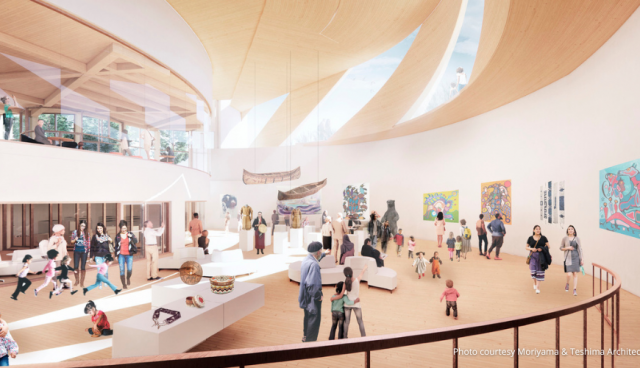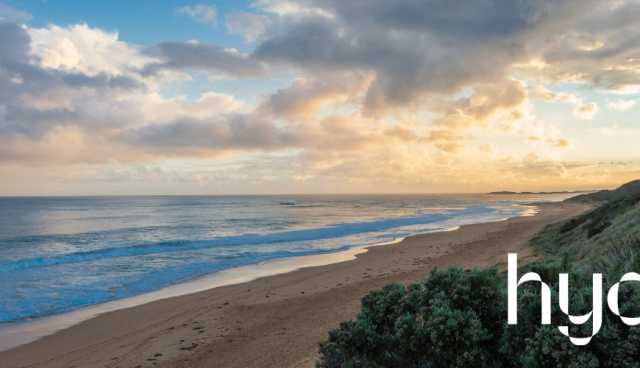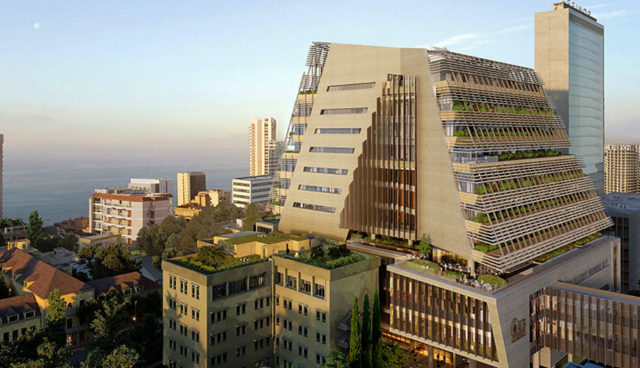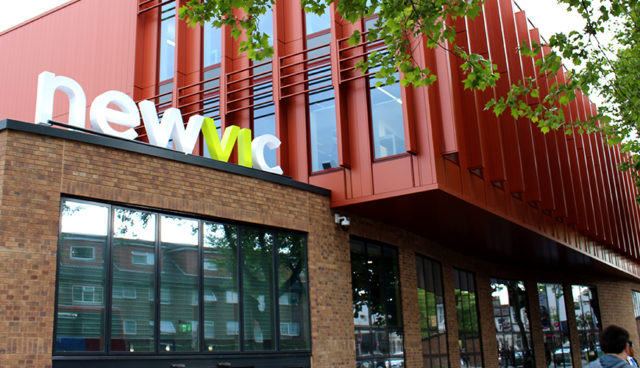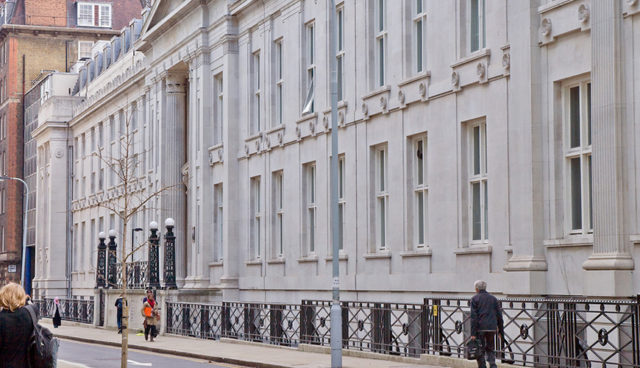Linde + Robinson Lab for Global Environmental Science
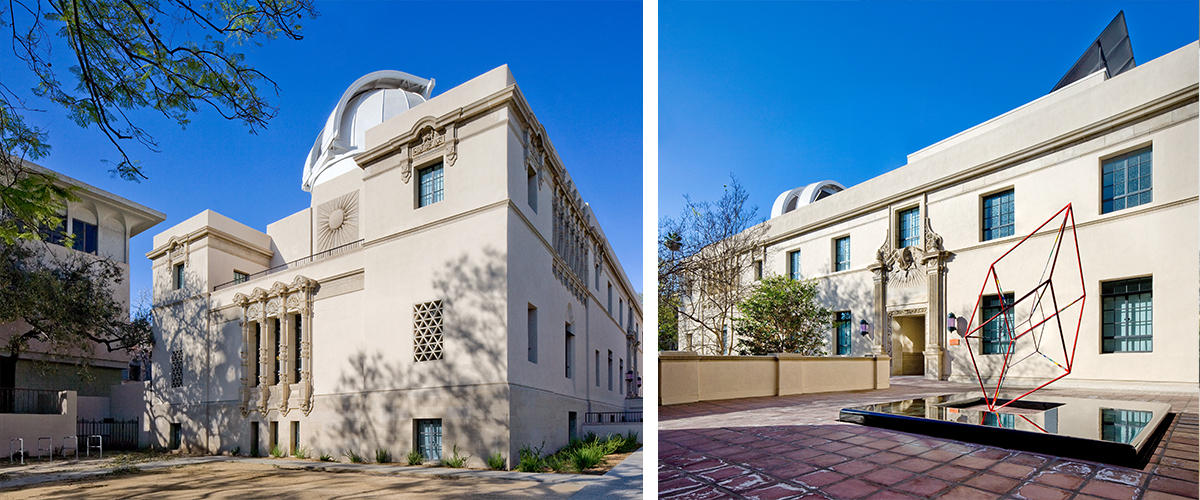
The Linde+Robinson Lab houses state-of-the-art laboratories for oceanography, atmospheric chemistry, biogeochemistry, environmental microbiology, and environmental chemistry and technology in a renovated 1932 building.
The renovation was the first to achieve a LEED Platinum rating for a laboratory in a historic building. It is the first laboratory with radiant cooling and compressor-free cooling 50% of the year, the first to achieve a 60% reduction in lab equipment energy use, and the first to get 20% or more of its power from on-site photovoltaic panels.
A unique aspect of this project was the repurposing of the historic coelostat, the 1932 solar telescope which runs from the roof, down five floors, to a pit 60 feet below the basement floor. The coelostat is now a daylighting device for the basement laboratories, providing natural light. The sunlight is also used in experiments, eliminating the need to artificially recreate sunlight in the laboratory.
With the reductions in electricity, steam, natural gas, plug loads, and on-site photovoltaics, the building was modeled to save 77% of the energy that a baseline design would have used, and 74% of the energy cost annually. The site also achieved water savings of 159,000 gallons per year through rainwater reuse and wastewater reduction.

